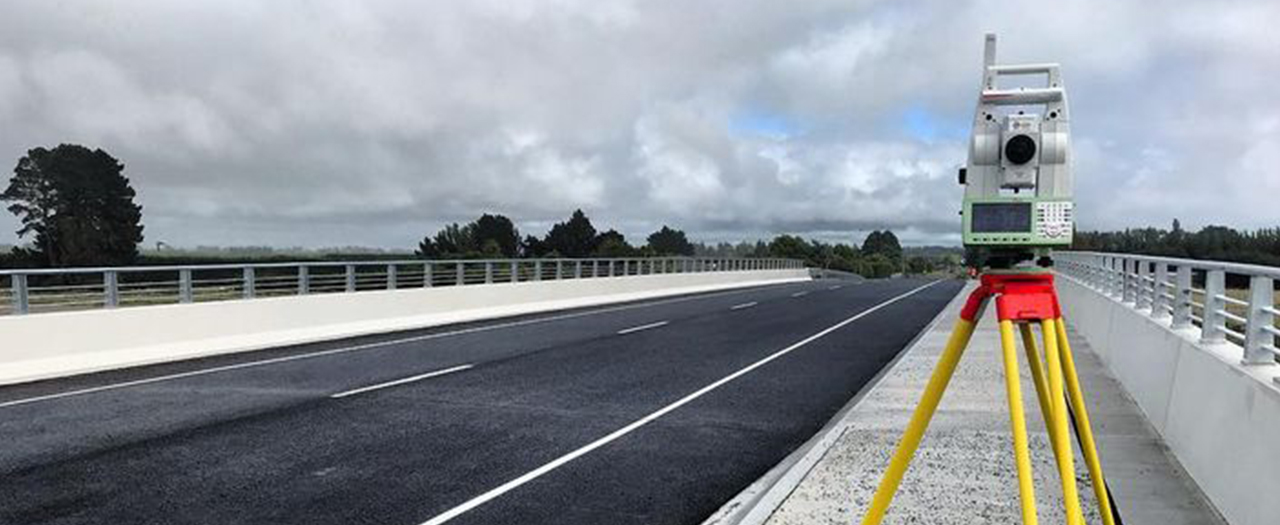Highway engineering is an engineering discipline branching from civil engineering that involves the planning, design, construction, operation, and maintenance of roads, bridges and tunnels to ensure safe and effective transportation of people and goods. Highway engineering became prominent towards the latter half of the 20th century after World War II. Standards of highway engineering are continuously being improved. Highway engineers must take into account future traffic flows, design of highway intersections/interchanges, geometric alignment and design, highway pavement materials and design, structural design of pavement thickness, and pavement maintenance.
- Technical elements
- Materials
- Material quality
- Installation techniques
- Traffic
- Commercial elements
- Contract understanding
- Environmental aspects
- Political aspects
- Legal aspects
- Public concerns
Typically, construction begins at the lowest elevation of the site, regardless of the project type, and moves upward. By reviewing the geotechnical specifications of the project, information is given about.
- Existing ground conditions
- Required equipment for excavation, grading, and material transportation to and from the site
- Properties of materials to be excavated
- Dewatering requirements necessary for below-grade work
- Shoring requirements for excavation protection
- Water quantities for compaction and dust control.
Subcase Course Construction
A subbase course is a layer designed of carefully selected materials that is located between the subgrade and base course of the pavement. The subbase thickness is generally in the range of 4 to 16 inches, and it is designed to withstand the required structural capacity of the pavement section.
Common materials used for a highway subbase include gravel, crushed stone, or subgrade soil that is stabilized with cement, fly ash, or lime. Permeable subbase courses are becoming more prevalent because of their ability to drain infiltrating water from the surface. They also prevent subsurface water from reaching the pavement surface.
When local material costs are excessively expensive or the material requirements to increase the structural bearing of the sub-base are not readily available, highway engineers can increase the bearing capacity of the underlying soil by mixing in Portland cement, foamed asphalt, or use polymer soil stabilization such as cross-linking styrene acrylic polymer that increases the California Bearing Ratio of in-situ materials by a factor 4 – 6.


